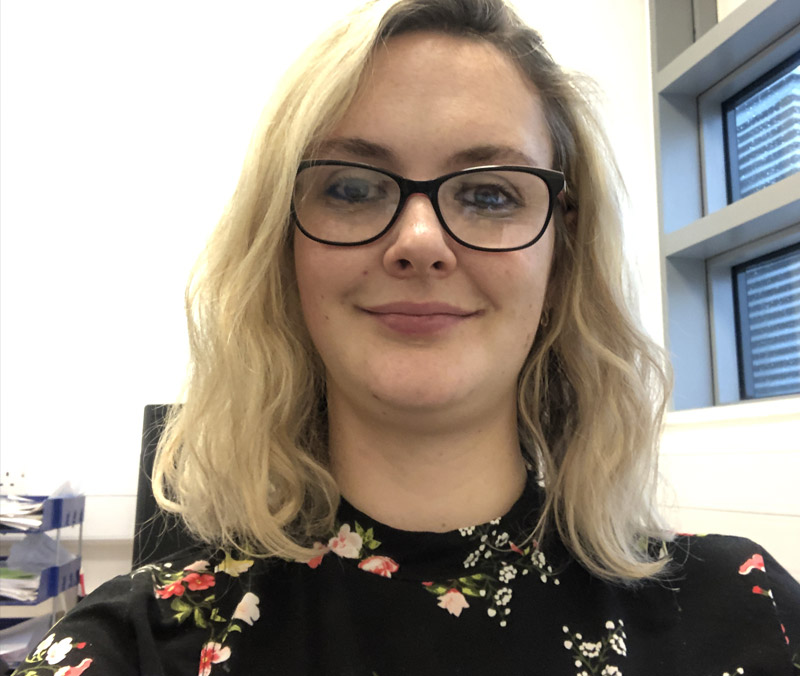Sara Wright, clinical scientist at NHSBT, talks Suzy through the different methods for obtaining and ABO and D group, the common discrepancies that arise and how to resolve them.

Sara Wright
ABO grouping
Usually automated and in cards using a gel bead matrix, or alternatively capture method. Manual methods are done in tubes. Only true agglutination is seen in tubes, more amenable to changing temperature and other conditions to enhance or reduce reactions.
Positive result on a card is agglutination with cells trapped at the top of the column; positive result on the capture method is a diffuse spread of cells across the well.
Forward group: patient cells + monoclonal anti-A, anti-B and anti-D
Incubated at room temperature for ABO as looking for IgM antibodies.
Generally “clean” reactions with monoclonal reagents but may get a “mixed field” or dual population where some cells expressing the antigen are present and some cells not expressing the relevant antigen are also present.
Reverse group: looking for naturally occurring ABO antibodies; patient plasma + donor A1 cells and donor B cells
Discrepancies in grouping can be considered into 4 groups:
1. Missing antigens e.g. missing reagent, preterm infants, elderly patient, post large transfusion of group O cells (e.g. intrauterine transfusion or major haemorrhage), loss of antigens as part of myeloid disease (e.g. acute myeloid leukaemia.
2. Missing antibodies e.g. post chemotherapy, elderly patients, (doing the test at 4 degrees can help bring out weak reactions), children up to 4 years of age.
3. Additional antigens e.g. acquired B (not a problem with monoclonal reagents)
4. Additional antibodies e.g. cold reacting anti M, passenger lymphocyte syndrome, A subgroups
A subgroups: patients who possess the A antigen on forward group but appear to have an anti-A. Can be resolved with lectins. A2 patients may make anti-A1 which are usually cold reacting and not clinically significant. Can issue group A red cells if cross match compatible at 37 degrees. A3 will give mixed field with anti-A. Ax will be negative with anti-A but positive with anti-A,B (as the reaction between anti-A,B and the A antigen is stronger than between anti-A and A).
For any discrepancies, group O red cells should be given while resolving discrepancies.
Bombay phenotype: patients lacking the H antigen, which is the precursor for A, B and O. Anti-H is extremely clinically significant and usually naturally occurring. Will present as a panreactive picture with negative auto control and negative DAT.
D typing
Forward group with monoclonals (usually anti DVI). No reverse group necessary as anti-D is not naturally occurring.
“Weak” and “partial” D are obsolete terms; all should now be referred to as “partial” D.
People of types DI-III shouldn’t make anti-D. Pregnant women of these types do not require anti-D.
As donors, people with D variants will be treated as D positive.
Sickle cell patients often have variants in the Rh antigens and can appear to make antibodies to antigens that they possess.



